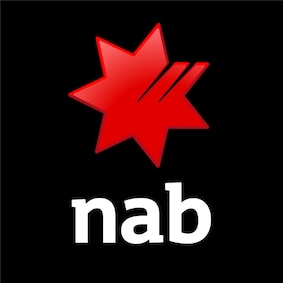Transaction and savings accounts terms and conditions - NAB
Terms and Conditions
Terms and Conditions dated 31 October 2025
Download Personal Transaction and Savings Accounts Terms and Conditions (PDF, 2MB)
Terms and Conditions for off-sale accounts dated 31 October 2025
Download Personal Transaction and Savings Accounts Terms and Conditions (Off-sale) (PDF, 3MB)
NAB Internet Banking and Telephone Banking Terms and Conditions
On 1 November 2024, the terms and conditions that relate to the following were moved to a separate document:
- Online and Telephone Banking
- BPAY®
- Fast Payments (PayID®, Osko and New Payments Platform)
- PayTo Agreements
These terms and conditions were previously included as part of the Personal Transaction and Savings Accounts Terms and Conditions.
View the NAB Internet Banking and Telephone Banking Terms and Conditions dated 1 November 2024.
Get in touch
Customer Support Tool
Solve problems quickly online with our easy-to-follow guides. Simply select a topic and we’ll direct you to the information you need.
Contact us
Explore our personal banking contact information and get support with a wide range of products, services and topics.
Visit a NAB branch
Visit us in person at your nearest NAB branch or business banking centre.
Terms and Conditions
Apologies but the Important Information section you are trying to view is not displaying properly at the moment. Please refresh the page or try again later.
PayID is a registered trademark of NPP Australia Limited.
BPAY® is registered to BPAY Pty Ltd ABN 69 079 137 518.

